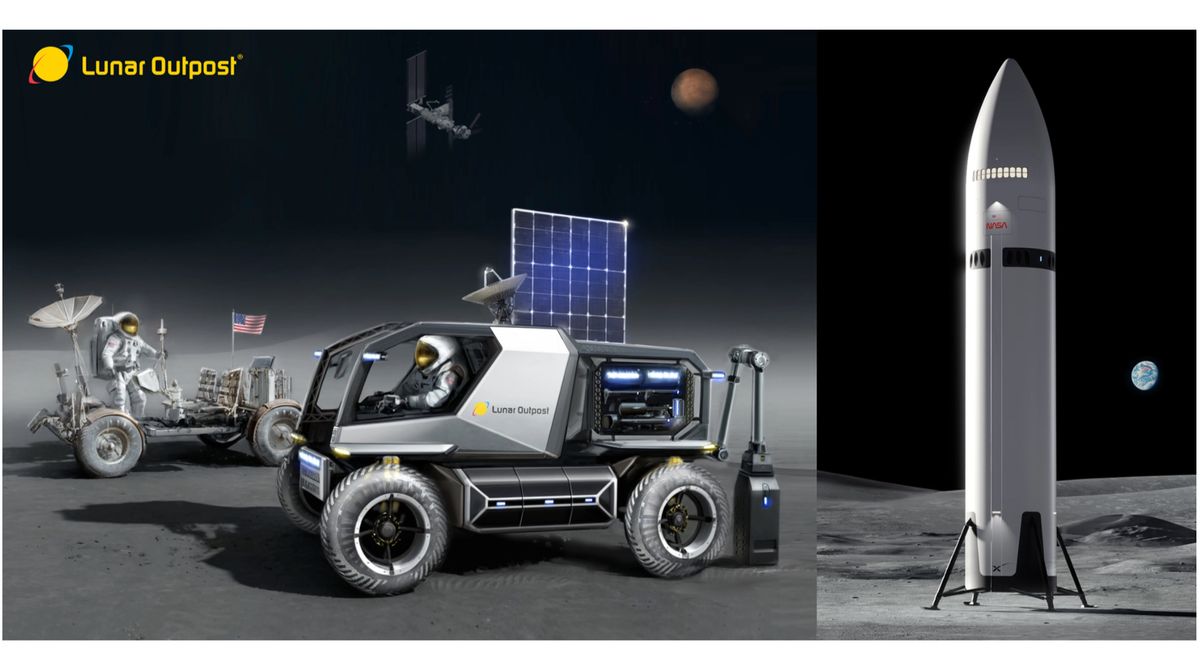Jobs
Clean energy drives job growth in US energy sector
Clean energy employment accounted for more than half of all jobs added in the US energy sector last year, according to data from the Department of Energy.
In total, the energy sector added 250,000 new jobs in 2023, growing the energy workforce to 8.35 million, the annual US Energy and Employment report stated. 142,000 of those jobs were in clean energy.
“We are doing big things in American energy, and that’s translating in a big way into the jobs that are being created all across the country,” national climate adviser Ali Zaidi said in a call with reporters.
Electric power generation jobs, including wind and solar energy, saw the biggest gains, expanding 4% from the previous year. Solar alone added more than 18,400 jobs, a 5.3% gain year over year.
Onshore oil and gas activities posted the largest gains within the fuels sector, adding 9,028 jobs, while mining and extraction jobs remained flat with a growth rate of 0.4%.
The report outlined job gains in all 50 states, spurred in part by incentives in the 2021 Bipartisan Infrastructure Law and President Biden’s signature climate law enacted in 2022, also known as the Inflation Reduction Act. Biden administration officials touted the incentives as drivers of the expansion in renewable energy.
Notably, red-leaning states have disproportionately benefited from the Inflation Reduction Act’s clean energy investments so far. The states that saw the fastest rate of clean energy job growth in 2023 — Texas and Idaho — were also ones whose lawmakers mostly voted against the climate law. Still, clean energy provisions have gained support among some Republicans in the two years since the law was enacted, as Politico reported.
Zaidi also highlighted the growth in unionization rates in the report, with the clean energy unionization rate at 12.4%. This surpassed the average unionization rate in the energy sector, though jobs were largely concentrated in construction and utility employment.
“This is the product of a very deliberate policy to strengthen our workforce and to do it in partnership with organized labor,” Zaidi said.
Despite strong gains in the burgeoning clean energy sector, fragmentation in the energy patch pointed to the challenge Biden has faced in balancing the country’s energy needs. Jobs in clean energy still account for less than half of all jobs in the sector.
While the president has pledged to slash US emissions in half by 2030 from 2005 levels, he has also presided over a record boom in US oil production.
Moderating demand for electric vehicles has also complicated Biden’s larger push to accelerate the adoption of green energy.
Jobs in clean energy vehicles grew by 11% in 2023, with the fastest growth in battery-electric vehicles. But major carmakers have pulled back on their EV ambitions in recent months, citing waning appetite in the market.
Last week, Ford (F) announced it would scrap the rollout of its large electric SUV and delay the launch of its new electric pickup truck by one year. That came after GM (GM) announced it would push back production of electric pickups at its Orion Plant in Michigan until 2026 and delay the rollout of Buick’s first EV indefinitely.
Click here for the latest economic news and indicators to help inform your investing decisions
Read the latest financial and business news from Yahoo Finance







